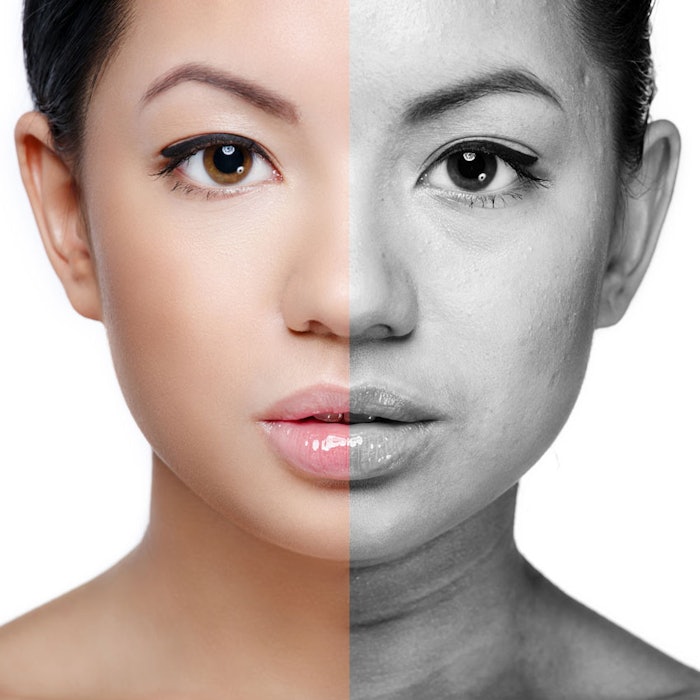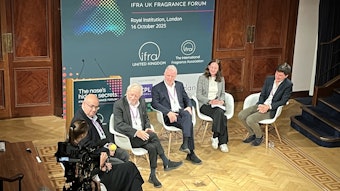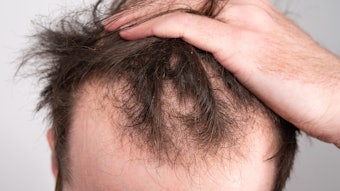
In biology, it is generally well-known the extracellular matrix (ECM) provides structural support to surrounding cells in humans and other animals. It is composed of an interstitial matrix and basement membrane based on proteoglycans such as heparan sulfate, chondroitin sulfate, and keratin sulfate; non-proteoglycan polysaccharides such as hyaluronic acid; and fibers such as collagen and elastin, fibronectin and laminin.
A liposome is a spherical vesicle having at least one lipid bilayer. It is biocompatible and can carry hydrophilic drugs due to its structure. Thus, the liposome is widely used as a delivery system for hydrophilic drugs, although its stability remains to be optimized.
In a new patent application, Korean researchers have developed a liposome that is capable of promoting cell attachment and growth by delivering an ECM to cells. This suggests applications for skin repair, skin rejuvenation therapies and the like.
Liposome for delivering extracellular matrix
U.S. Pat App 20170056555
Publication date: March 2, 2017
Assignee: Sogang University Research Foundation
As noted, this patent application describes a liposome for the delivery of an ECM, a method for promoting cell growth, and a method for preparing said liposome. Specifically disclosed is a liposome comprising: a) a phospholipid membrane having an anionic lipid and a neutral lipid, which are self-assembled; and b) an extracellular matrix bound to the anionic lipid by ionic boding, to be disposed on a surface of the anionic lipid.
One aspect of the invention is to promote cell growth, which may be provided in a cosmetic for cell or tissue regeneration. The cosmetic composition may contain a cosmetically acceptable carrier, in addition to the effective gradient compound. Examples include: emollient lotions, nourishing lotions/creams, massage cream, essences, eye creams, cleansing creams/foams/waters, sprays, powders, etc.










